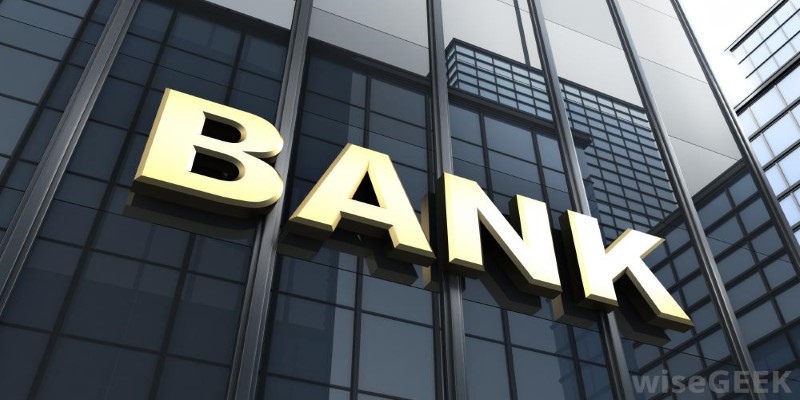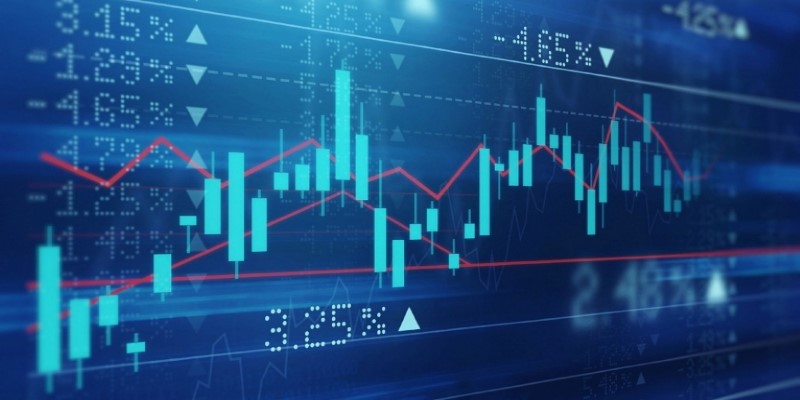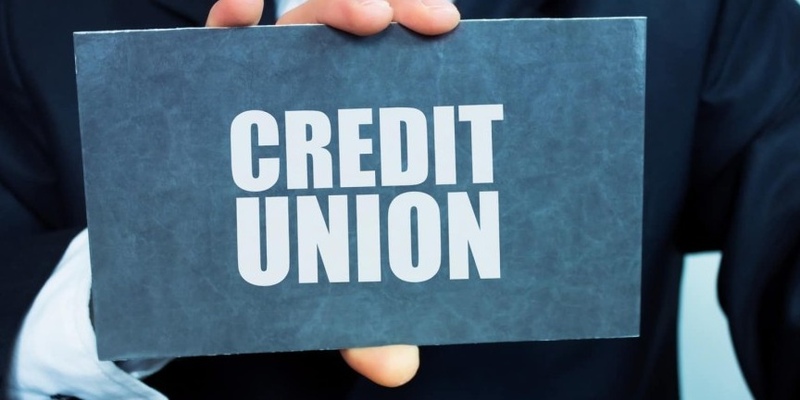In 2024, the Federal Reserves decision to raise interest rates continued to shape the U.S. economy, affecting individuals, industries, and markets in complex ways. The central aim of these hikes was to tame inflation and slow down economic activity, but the consequences werent felt equally across all sectors. Some emerged as clear winners, benefiting from the higher rates, while others struggled under the pressure. Lets dive into how the Feds interest rate hike in 2024 has impacted different parts of the economy.
While the overall economy felt the effects of the Feds policy shift, certain groups emerged in better shape than others. Those benefiting from higher interest rates tend to have stable assets or investments that grow in value when rates rise. These sectors, like savings accounts, bonds, and even some institutions, are experiencing favorable conditions. Heres a closer look at who is thriving in this new landscape.
Savers and investors with conservative strategies were among the key winners. As interest rates climbed, savings accounts and certificates of deposit (CDs) offered higher returns. Previously, savers had seen meager interest on their deposits, but the hike created more favorable conditions for those who preferred low-risk investments. Treasury bonds and fixed-income assets, such as bonds, also gained traction since these tend to offer better returns during periods of high interest rates.
For savers, the rate hikes are a welcome relief after years of earning almost nothing on savings. The appeal of long-term, stable investments like bonds has grown, allowing for predictable, stable returns. Those who locked in rates before anticipated future hikes were in an even better position, capitalizing on the uncertainty surrounding the Federal Reserves monetary policy.

Another major winner in this interest rate environment is the banking sector. Banks benefit from higher interest rates because they can charge more on loans while keeping the rates they pay on deposits relatively low. The difference, known as the net interest margin, significantly boosts profitability for these institutions. Higher interest on mortgages, credit cards, and other consumer loans padded the profits of banks and financial institutions throughout 2024.
Although higher rates can limit borrowing activity, particularly for new loans, banks are generally insulated because they continue to profit from existing loans and newly issued high-interest credit. However, there is a delicate balance to strike, as too much pressure on borrowers could slow down the economy further, hurting the lending sector in the long run.
The U.S. dollar also strengthened in 2024 due to the rate hikes, making it more attractive to foreign investors seeking higher returns on U.S. Treasury bonds. As a result, the dollar appreciated against other major currencies, which had both positive and negative implications. While a stronger dollar helps reduce the cost of imports, making consumer goods cheaper in the U.S., it also makes American exports more expensive, which can hurt domestic manufacturers that rely on global trade.
Despite these downsides, the U.S. dollars performance has been a net positive for inflation control, helping to keep prices in check, especially for imported goods. However, industries dependent on exports, like manufacturing and agriculture, continue to face challenges in the global marketplace.
While some benefited, other parts of the economy have struggled to adapt to the rising interest rates. Those reliant on borrowing, particularly for major purchases like homes and cars, have been hard hit by the increased costs. Lets take a closer look at how these hikes have created difficult conditions for certain groups and industries.
On the flip side, consumers looking to borrow money faced the harshest consequences. With mortgage rates jumping in line with the Feds hikes, many aspiring homebuyers found themselves priced out of the market. Borrowing costs for homes, cars, and credit cards all surged, making loans much more expensive for the average consumer. The housing market, in particular, experienced a slowdown as demand for new homes dropped, pushing many sellers to reduce prices or offer concessions.
Homebuyers, especially first-time buyers, have felt the pinch as affordability dropped sharply. Rising mortgage rates made monthly payments unaffordable for many, significantly cooling the previously hot housing market. However, for those locked into fixed-rate mortgages from previous years, the situation is less dire. Still, the broader effect has been a significant slowdown in home sales and reduced demand in many areas, with price corrections expected in the near future.

The stock market was another area that suffered from higher interest rates. Historically, stocks tend to decline when interest rates rise, as the cost of borrowing for businesses increases, reducing profit margins and making expansion more expensive. Growth stocks, particularly in the tech sector, were among the hardest hit.
For companies that rely heavily on debt financing to fuel growth, higher rates are particularly painful. The tech sector, which enjoyed meteoric rises in the low-rate environment of the 2010s and early 2020s, faced significant headwinds. Investors became wary of overvalued stocks in a high-rate environment, shifting their focus to more stable investments like bonds and high-yield savings accounts.
Another group negatively affected by the rate hike was Real Estate Investment Trusts (REITs). These trusts often suffer in high-rate environments because they rely on debt to fund acquisitions and property development. With borrowing costs rising sharply, REITs found it more difficult to expand their portfolios. Additionally, as bonds and savings products became more attractive, some investors shifted away from REITs in favor of safer, fixed-income investments.
High borrowing costs also mean that future real estate projects could be put on hold, further dampening prospects in this sector. REITs that focus on commercial properties may find it especially difficult, given the ongoing shifts in demand for office space and retail locations.
The Feds interest rate hikes in 2024 created a complex landscape of winners and losers. While savers, banks, and the U.S. dollar gained from the increased rates, borrowers, stock market investors, and emerging markets faced significant challenges. As the economy adapts to this higher-rate environment, its essential to watch how these effects evolve, particularly as inflationary pressures and global financial conditions continue to shift. The balancing act of maintaining economic stability while curbing inflation remains the Feds primary challenge in the months ahead.










